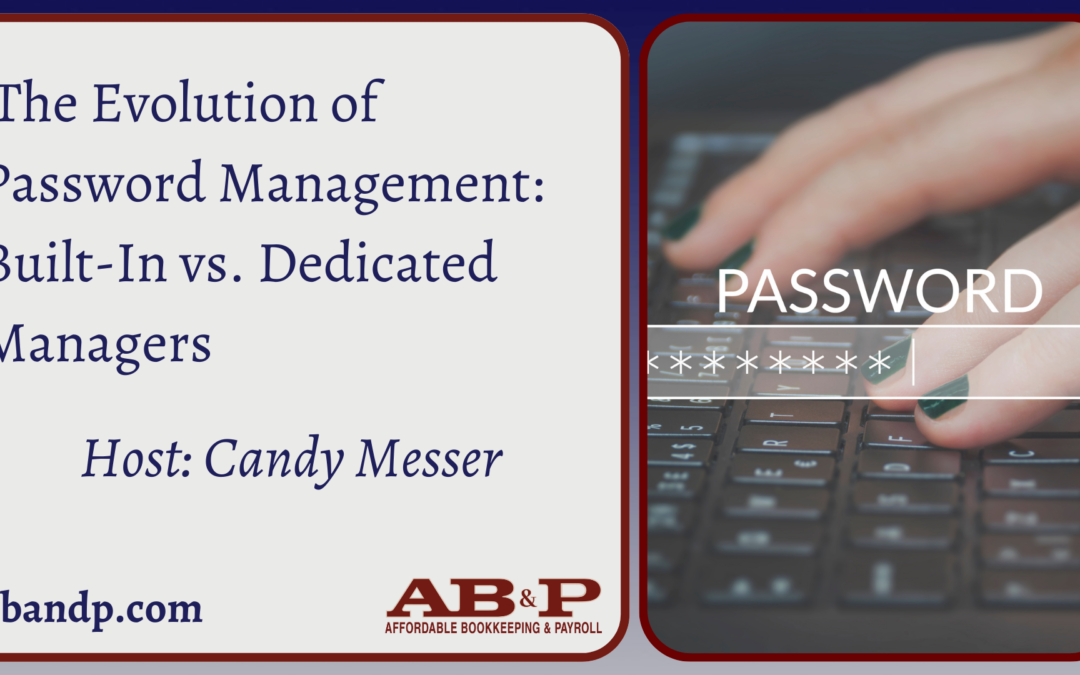In recent years, the world of password management has undergone a significant transformation, providing users with more accessible options for securing their online accounts. With built-in password management tools offered by popular platforms, the need for dedicated password managers has been questioned. This video delves into the shifting landscape of password management. Gone are the days when relying solely on web browsers for password management seemed inconceivable. Browsers like Chrome and Firefox began offering auto-fill features, simplifying website logins. However, these tools fell short in aiding mobile app logins and generating secure passwords. Dedicated password managers still reign supreme by providing robust features, including password generation, and preventing users from employing weak passwords across the board. The tide turned as built-in password managers evolved and caught up with their dedicated counterparts. The year 2020 witnessed Google introducing auto-fill support in Chrome for iOS, a feature that extended to Android, enabling password management in mobile apps. Microsoft followed suit in 2021, offering Edge’s mobile apps and the Microsoft Authenticator app as solutions for password auto-fill on mobile devices. Mozilla, too, jumped on the bandwagon by adding auto-fill support to its Firefox mobile app, discontinuing its standalone Lockwise password manager. Notably, Apple launched a Chrome extension for iCloud Passwords in 2021, enabling seamless access to logins saved in iCloud across different platforms. Moreover, these built-in password managers have bolstered their security measures, offering password strength assessments and the identification of weak, duplicated, or compromised passwords. The ease of setting up built-in password managers, coupled with the absence of additional costs, has made built-in password managers an appealing choice for many users. Compared to dedicated password managers, they offer a minimal setup process, and users can conveniently access these default tools without much thought. However, the convenience of built-in password managers comes with trade-offs, the primary one being flexibility. Users who prioritize device and platform independence may find themselves grappling with lock-in when relying solely on these built-in solutions. Transitioning passwords to new devices or web browsers may become cumbersome. For instance:
- Microsoft’s support extends to Chrome but not to Firefox or MacOS Safari, necessitating the manual import of passwords.
- Chrome cannot synchronize passwords across different browsers, complicating transitions.
- iCloud Passwords restricts access on Android and lacks compatibility with Windows browsers outside of Chrome and Edge.
- Some alternative browsers, like Vivaldi, Brave, and Opera, lack auto-fill features for mobile apps, affecting the ease of mobile login.
Apart from addressing lock-in concerns, dedicated password managers offer additional features that built-in tools lack. They often provide options for group sharing, enabling family members to access shared services conveniently. Moreover, these managers can auto-fill passwords in desktop applications, a capability not yet available in major browsers. Dedicated solutions even offer their mobile apps, making credentials accessible from anywhere. Features like masked email generation and integration with limited-use credit cards are also unique to dedicated password managers. Ultimately, the choice between dedicated and built-in password managers boils down to your preferences. If you value the freedom to switch browsers or devices seamlessly, dedicated managers stand out. Passwords should never hinder the exploration of new tools or services. You can consult PCWorld’s guide to the best password managers to find the most suitable option for your specific requirements. In conclusion, the password management landscape continues to evolve, offering you a range of choices that cater to your unique needs and priorities.
The problem with built-in password managers | PCWorld
